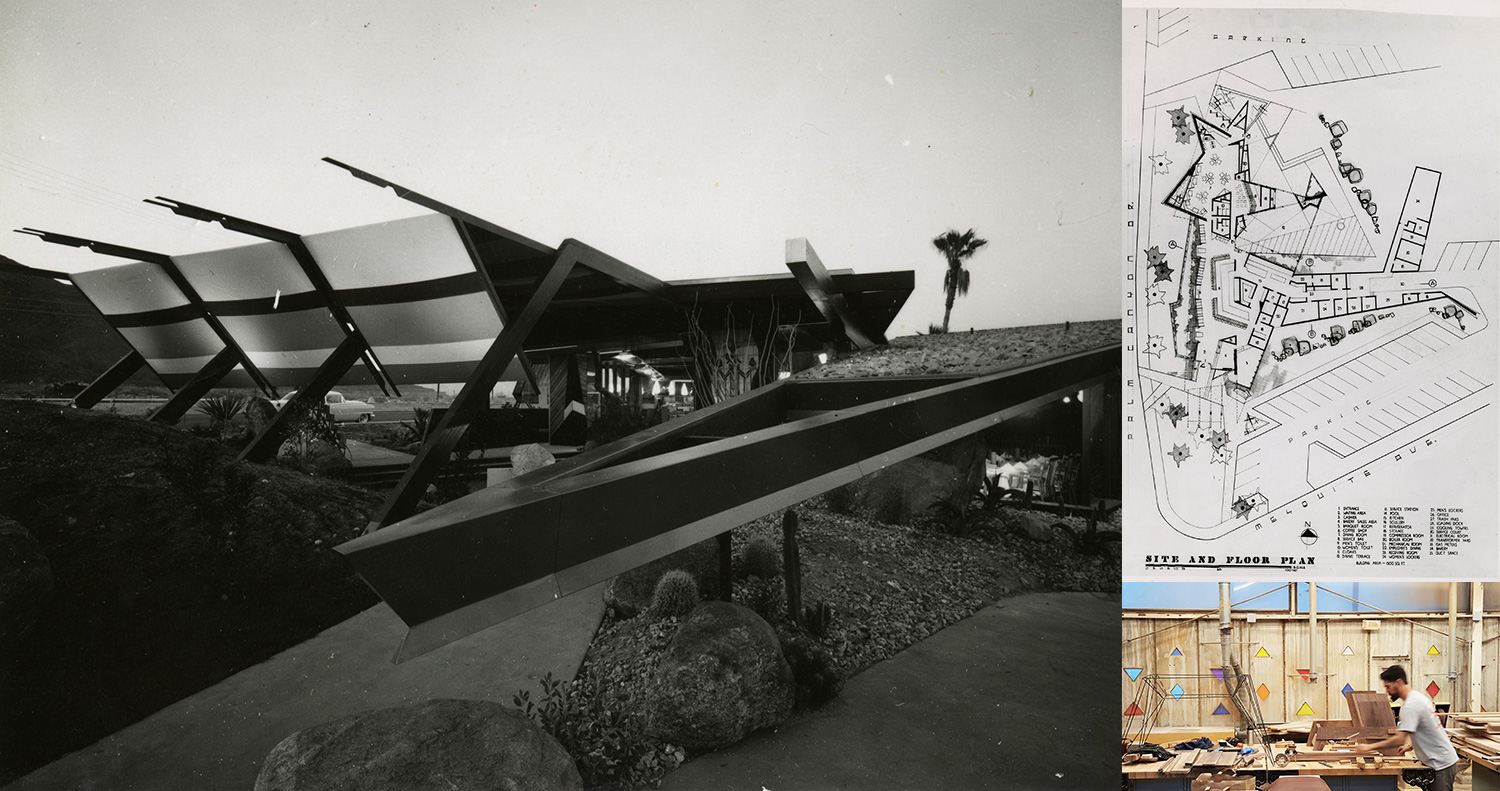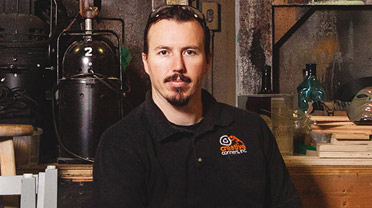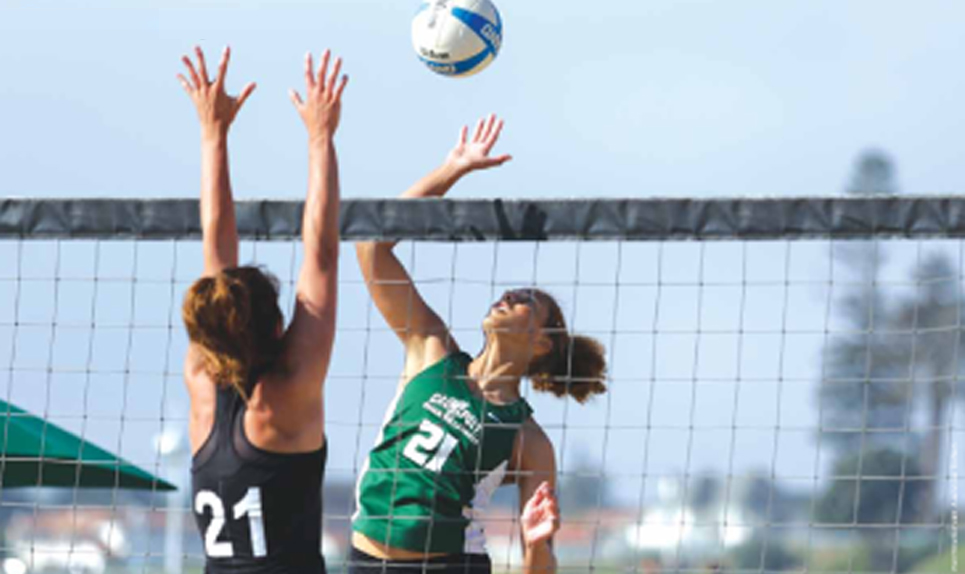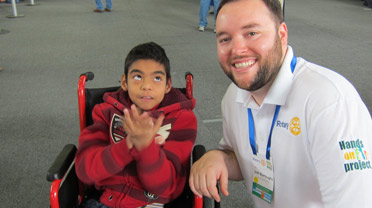Ask the Archivist
Desert Modern: The William F. Cody Papers
By Laura Sorvetti

Cal Poly’s Special Collections and Archives is home to records that document California’s vibrant history, including the papers of significant California architects. One of the largest collections in terms of size and potential comprise the papers of William Francis Cody, one of the great architects of the 20th century.
Cody practiced in Palm Springs between 1946 and 1973, at the height of the Modernist movement, and his elegant, imaginative country clubs, homes, hotels, libraries and churches helped define the distinctive Palm Springs aesthetic. The Cody Papers reflect the entire arc of his career, including student work, correspondence with clients and colleagues, portfolios, photographs, and many, many drawings — from quick sketches to colorful paintings.
How did the papers of this Southern California architect find their way to Cal Poly? In large part, it was because of Cody’s friendship with George Hasslein, former dean of Cal Poly’s College of Architecture and Environmental Design (CAED). Both studied architecture at USC in the early 1940s, and they remained friends as Cody established his practice and Hasslein started as an architectural engineering professor at Cal Poly. In the 1960s and 1970s, Hasslein invited Cody to serve as a visiting lecturer for the fledgling architecture program, and Cody hired several Cal Poly graduates to join his Palm Springs office.
The relationship between Cody and Cal Poly continues today. With renewed interest in Modernism sweeping the nation, the Cody Papers are being used for research and exhibits and have been featured in films and publications. Students in the CAED work hands on with Cody’s documents. In fact, two architecture professors are guiding students in the creation of new work based on Cody projects.
In an architectural history seminar taught by architecture Associate Professor Don Choi, students are using their interpretations of Cody’s work as inspiration for the design and construction of furniture, light fixtures, models and even typefaces. This is a Learn by Doing approach to history in which students integrate archival research at Kennedy Library with design, materials and other architectural issues.
Jen Shields, associate professor of architecture, is leading students in an independent study of Cody’s work, where the drawings and photographs provide a unique opportunity for students to study the relationship between design, drawing and built work in a very direct and tangible way. “Cody’s work represents a critical moment in the evolution of modern architecture,” said Shields. “In addition to his historic importance, students can directly engage with the craft and character of his drawings as inspiration for their own design process.”
Selections from the Cody Papers, as well as Cal Poly student projects inspired by his work, will be on display as part of the exhibition “Fast Forward: The Architecture of William F. Cody” at the A+D Architecture and Design Museum in Los Angeles from July 10 to Oct. 2, 2016.
Learn more about the William F. Cody Papers at lib.calpoly.edu/specialcollections.





